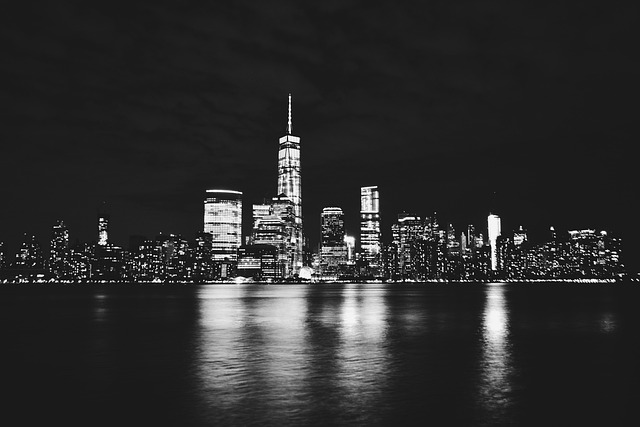Noise pollution is a significant issue in Karachi's dense, bustling neighborhoods like Gulistan-e-Jauhar, impacting residents' daily lives and well-being. Key contributors include heavy traffic, construction, industrial areas, and social gatherings. Effective mitigation strategies require understanding these sources and their impacts, such as hearing loss, sleep disturbances, and increased stress. Solutions involve identifying noise hotspots using decibel measuring equipment, implementing sound barriers, scheduling quiet hours, using quieter machinery, and incorporating green spaces in urban planning to create a more peaceful environment for Karachi's residents.
Karachi, Pakistan’s vibrant metropolis, faces a silent yet pervasive challenge—noise pollution. This article explores the noise levels in Gulistan-e-Jauhar, one of Karachi’s bustling neighborhoods, delving into its causes and potential solutions. We present a comprehensive guide on measuring noise and offer insights into strategies to mitigate excessive noise, ensuring a quieter and healthier environment for residents. Understanding the scale of this issue is crucial for implementing effective measures in the vibrant city of Karachi.
- Understanding Noise Pollution in Karachi's Gulistan-e-Jauhar
- Measuring and Mitigating Noise Levels: A Comprehensive Guide
Understanding Noise Pollution in Karachi's Gulistan-e-Jauhar

Noise pollution is a significant environmental concern in Karachi’s bustling neighborhoods, and Gulistan-e-Jauhar is no exception. The dense population and vibrant urban landscape of this area contribute to elevated sound levels, affecting both residents’ daily lives and overall well-being. Understanding the sources and impacts of noise pollution is crucial for implementing effective mitigation strategies.
In Karachi, various factors exacerbate noise issues. Heavy traffic on bustling streets, construction activities, and nearby industrial areas are primary contributors. Additionally, social gatherings and cultural events often take place in open spaces, amplifying ambient noise levels. The impact extends beyond mere annoyance; prolonged exposure to excessive noise can lead to hearing loss, sleep disturbances, and increased stress levels among residents.
Measuring and Mitigating Noise Levels: A Comprehensive Guide

In Karachi, understanding and managing noise levels is a significant aspect of urban living. Measuring noise pollution is crucial to assess its impact on residents’ health and well-being. A comprehensive guide to noise level measurement and mitigation begins with identifying key sources such as traffic, construction sites, and industrial activities. Using specialized equipment like sound meters can accurately gauge decibel levels, helping to determine if they exceed safe limits set by the World Health Organization (WHO).
Once sources are identified, several strategies can be employed to mitigate noise pollution. These include implementing noise barriers like sound-absorbing walls or vegetative buffers, scheduling construction activities during quieter hours, and using quieter machinery. Additionally, urban planning plays a vital role in designing peaceful spaces by incorporating green areas, pedestrian zones, and noise-reducing infrastructure. Karachi can strive for a more livable environment by adopting these measures, ensuring that residents enjoy a harmonious quality of life free from excessive noise pollution.
Karachi’s Gulistan-e-Jauhar, a vibrant neighborhood, faces unique challenges with noise pollution. Through comprehensive measurement and mitigation strategies discussed in this article, residents can actively contribute to creating a quieter, more livable environment. By adopting best practices outlined here, we can all work towards reducing noise levels and enhancing the quality of life in our bustling city, Karachi.
